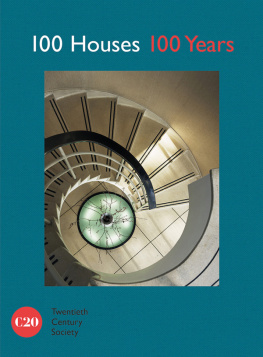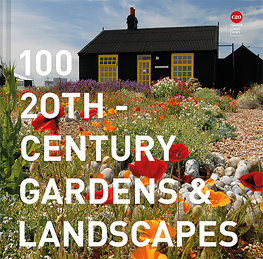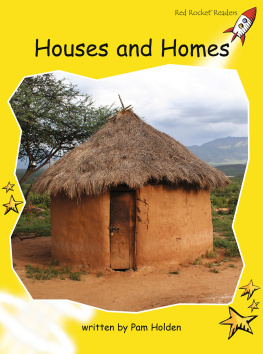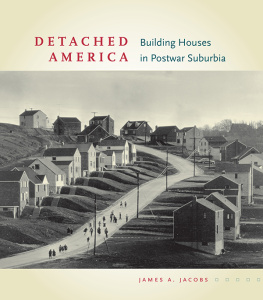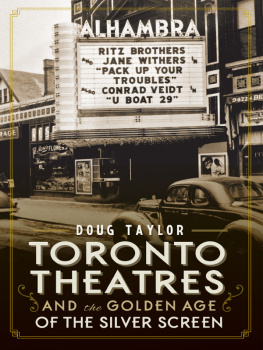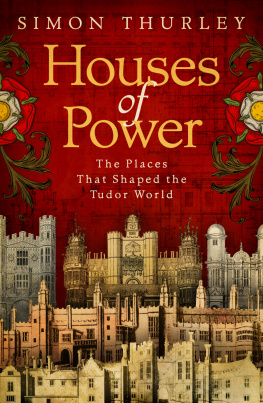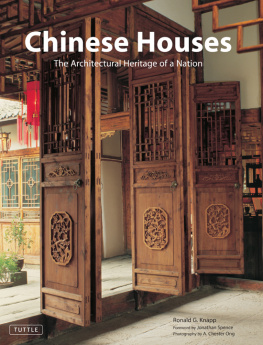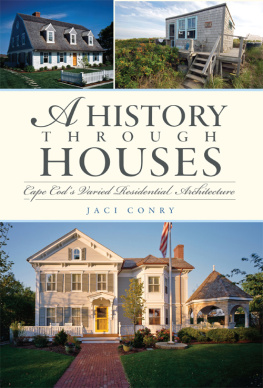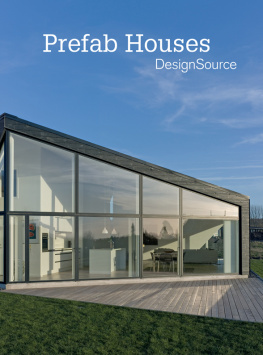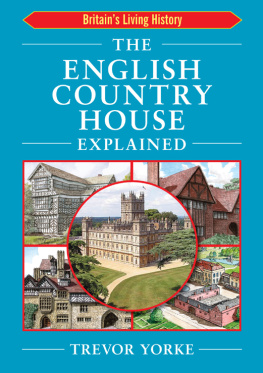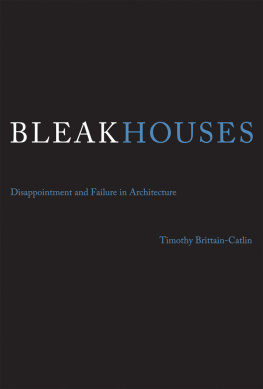100 Houses 100 Years

The Black Rubber House by Simon Conder Associates in .
100 Houses 100 Years
The Twentieth Century Society
Edited by Susannah Charlton
and Elain Harwood

Contents

Sarah Peers and Jeremy Melling photographed at for the Me and My House feature in the C20 Magazine.
Why do houses excite our emotions?
Catherine Croft
More than any type of building, our lives are influenced by houses by the homes we live in and those we visit. When we organise C20 Society members events, we can always be sure that a visit allowing access to the interior of private house will sell fast. I really enjoy writing the C20 Magazines Me and My House features, (designed in part, if I am honest, as an excuse for me to visit some amazing places), and I particularly like hearing how people ended up living in a notable bit of twentieth-century design. Sometimes it is largely chance but it has frequently been the result of both extreme tenacity and enthusiasm, with quite often a dedication to research and conservation bordering on the obsessive. Some embrace living a full-on period lifestyle, or at least develop a serious eBay habit, but most just love the extra light and space they have found, and frequently enjoy a more integrated relationship with outdoors, often in marked contrast to their previous Victorian or Georgian homes.
The houses I grew up in myself were comfortable but not very exciting. Family lore has it that my seemingly off-piste interest in architecture (not something anyone in my family had studied before) must have been prompted by Strawberry Hill House: Im not so sure. Horace Walpoles Gothic home (now open to the public, but then gloomily mysterious and largely impenetrable) was immediately across the street from our 1920s suburban home. At that time it was a Roman Catholic teacher training college and when my mother had some part-time work there, she allegedly skimped on babysitters and left me in my pram to gaze at the ornate traceried ceilings. I have absolutely no recollection of this. I am not convinced that the then depressingly institutional character of the spaces had any impact on me. What I do remember is regularly going with my mother to her hairdressers in a light, sun-infused domestic space around the corner. This hairdresser worked from home, and her home (I know now) was part of a 1960 Span estate. Fieldend in Twickenham, London, was awarded a Housing Gold Award in 1961 and a Civic Trust Award in 1962. It felt like entering a different world. New Ash Green, a later Span development, takes our 1969 slot.

The Span estate at Fieldend, Twickenham, London, completed 1960.
Today economic circumstances have led to an inevitable emphasis on the core investment value of houses, and political rhetoric has fuelled a gut feeling that financial security and social rootedness are linked to owning a house. At the same time, twentieth-century architects have become increasingly interested in the broader psychological impact of buildings on people, and particularly psychological readings of houses. An Englishmans home became not just his castle but an essential element of his self-perception and core inner being. Philosopher Gaston Bachelard writes in The Poetics of Space about how by remembering houses and rooms, we learn to abide within ourselves. Perhaps houses that were less compartmented might not only change how we physically spend our time but enable us to think in a more creative and free-flowing way. However, Bachelard saw verticality and concentrated centrality as key aspects of a house. I am struck by the fact that from the 1950s on, height and centrality were increasingly less consistent attributes of domestic architecture. The twentieth-century house becomes increasingly horizontal, more diffuse in form, and integrated into the landscape. The imagination of architects seems to leapfrog Bachelard. Maybe it is the sense of infinite possibility that draws us so strongly to want to know houses intimately.
Are C20 private houses at risk?
Despite this popularity, the futures of even the best twentieth-century houses are not necessarily secure. My first major case at C20 was not a Brutalist car park or public housing estate but a classic 1930s modern movement house, threatened with complete demolition. Sadly, despite our best endeavours, Greenside, by Connell Ward and Lucas, 1937 was destroyed. I was surprised. Id thought that 1930s buildings (especially ones which, like Greenside, were by well-known architects and were listed) were safe. I also thought that houses should be relatively simple to find conservation solutions for. After all the requirements for a house: sleeping, eating, living, have not essentially changed, and twentieth-century private houses have none of the problems of scale posed by vast eighteenth-century stately homes, such as Wentworth Woodhouse (recently offered 7.6m by the Chancellor). Not do they have the perceived negative social stigma associated with the large post-war housing estates. As this book shows, the house evolved a very long way during the twentieth century as lifestyles become less formal, servants became a rare luxury and womens roles changed. However we have seen many conservation issues prove common to houses from other decades, and Greenside demonstrated many of those we still come across most frequently.
Most notably, Greenside was a relatively modest and small house, surrounded by larger, more glamorous and more recent neighbours. It was chilly and poorly insulated, and hence expensive to run and environmentally profligate (although reducing a viable building to rubble is pretty bad news in terms of energy consumption too). It lacked a big kitchen, with room to sit and entertain, rather than just serve as a utilitarian workspace. With a bit of care and imagination (and, to be honest, a generous budget) all these problems could have been sensitively overcome, but sadly in the case of Greenside the bulldozers were brought in first. The experience taught me that frequently economics was going to argue against conservation. In sheer money terms it was far more profitable to knock down Greenside and build a new, larger house on the site, and the fine imposed on the owner for acting illegally in doing so was laughably small in relation to the profit to be made. The sums are even more compellingly in favour of redevelopment when two or more houses can be fitted on the plot (and often these houses had generous gardens so this is frequently possible).

Greenside, Virginia Water, Surrey, Connell Ward and Lucas, 1937, listed Grade II but demolished in 2003.
Another major loss was the most radical of architect Edward Cullinans early houses. This was designed for his uncle Mervyn Horder in rural Hampshire in 1958. It explored new technology in terms of integrating passive solar design, and combined self-build bricolage and an almost deconstructivist formal language of tilted and twisted planes. An intensely urban house with a multi-layered history has been another recent loss, not demolished entirely but recently turned down for listing and extensively altered. This was Hornton Street, Kensington, unusual as a composite designed by James Melvin as his own home, reworked by Sauerbruch Hutton in 1994. It was featured in director Johanna Hoggs film

